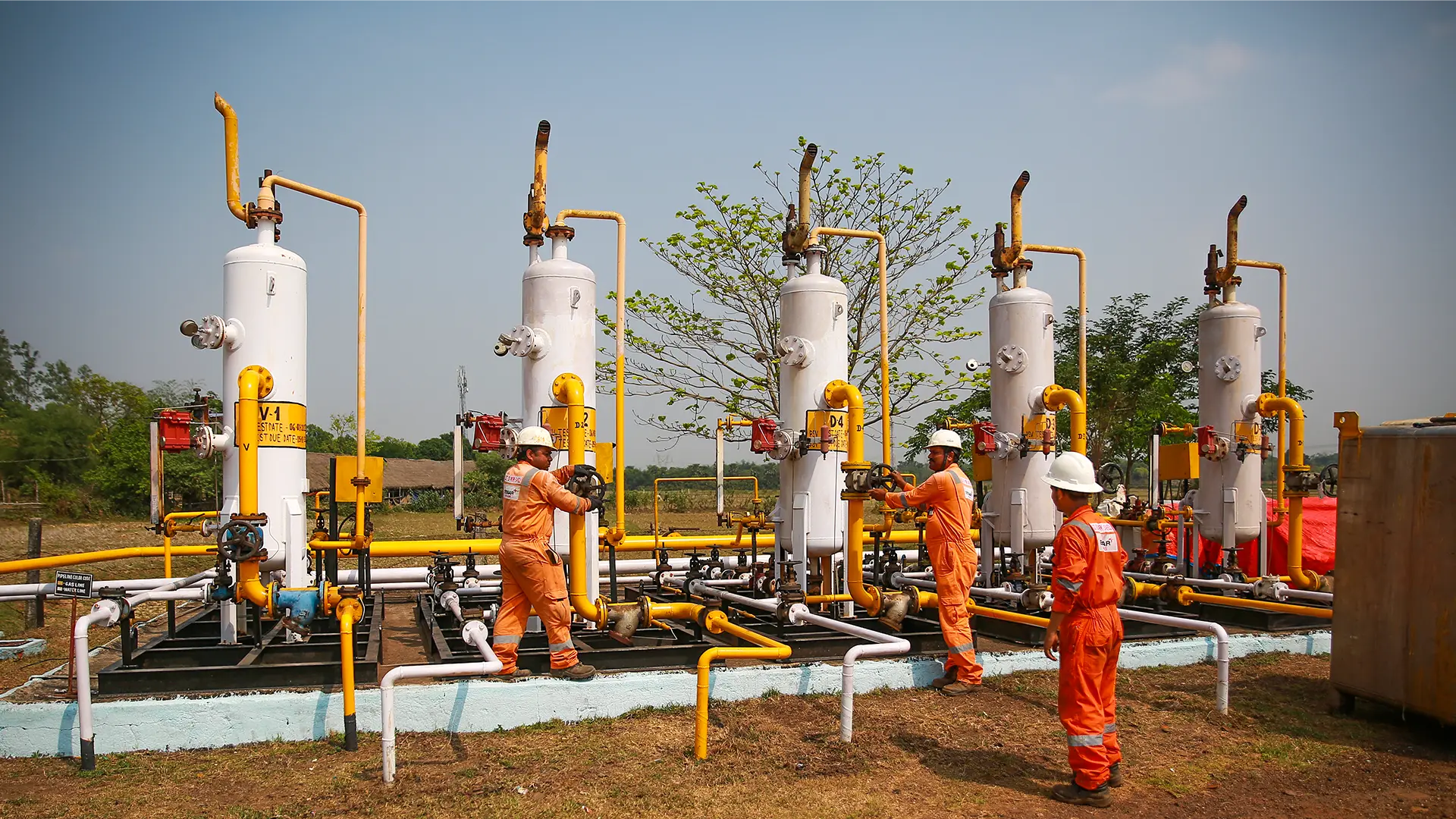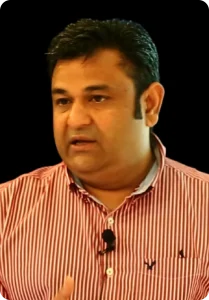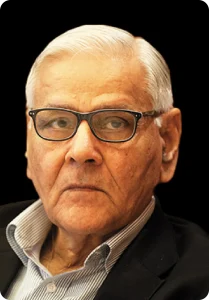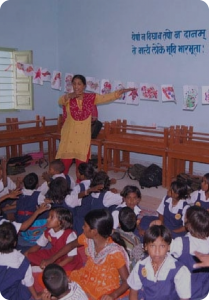“There has been no dearth in the intention of the Indian government to support the promulgation of domestic oil and gas production in the country. The earlier New Exploration Licensing Policy (1997-2016) was followed by the Hydrocarbon Exploration and Licensing Policy regime in 2016.”
The recent developments in industrial policies around the world induced by climate change, which warrant a reduction in the usage of high-emission fuels, provide a golden opportunity for the country to tap into Coal Bed methane (CBM) — a resource that is abundantly available within India.
Utilisation of CBM congruously aligns with the Prime Minister’s vision of making India a gas-based economy by increasing the share of gas in our energy mix from the current 5.6% to 15% by 2030. India is significantly dependent on imports for around 50% of its natural gas requirements, which costs the exchequer nearly US$16-17 billion annually while remaining vulnerable to fluctuations in global energy prices.
According to the Director General of Hydrocarbons, the prognosticated CBM resources in the country are about 92 trillion cubic feet (TCF), or 2,600 billion cubic meters, in 12 states of India. However, established CBM reserves are merely at 10.4 TCF, which produces only around 650 million standard cubic meters (mmscm) of fuel annually.
The government awarded 33 CBM blocks through four bidding rounds between 2001 and 2008, but only five blocks have gone into commercial production. The other three blocks are under development, and 6 in the exploration stage. The development of the other blocks has either been relinquished or is under the process of relinquishment.
On the contrary, CBM production worldwide, especially in countries like China and Australia, has steadily risen in the last couple of decades. Australian CBM production has grown exponentially from around one mmscm per day in 2000 to over 117 mmscm per day in 2021, higher than India’s overall natural gas production rate.
Chinese CBM production has also seen impressive growth and stood at 28 mmscm per day in 2021. The growth in CBM output in these two countries can be safely attributed to the favourable financial incentives and attractive tax regimes extended to the producers by their respective governments.
Essar Oil and Gas Exploration and Production (EOGEPL), Reliance Industries, Great Eastern Energy Corporation, and state-run ONGC are the active players in the country’s CBM sector. As part of its diversification plans to produce clean energy from coal, state-run Coal India has also recently started extracting CBM from its leasehold area under Bharat Coking Coal in Jharkhand.
CIL and ONGC have entered an agreement for CBM development and operation in Jharia and Raniganj North CBM Blocks as a joint operation as per the government of India’s CBM policy under the aegis of the Directorate General of Hydrocarbons.
EOGEPL is one of India’s largest exploration and production (E&P) companies, primarily focused on Unconventional Hydrocarbons, with a resource base of 12 TCF. The company is a pioneer of UHC in the country, with about 25 years of experience in E&P of CBM. EOGEPL’s flagship Raniganj East CBM asset is not only India’s largest producing CBM field but also has a prolific shale gas potential.
The Australian government provided exploration and production grants for companies to explore CBM resources. The Chinese Government invests heavily in research and development for CBM technologies, particularly those aimed at improving methane capture and utilisation efficiency. In China, companies are exempted from prospecting and licensing fees on CBM development, and no royalties are levied on CBM through 2020. The value-added tax collected from coal mines recovering and utilising CBM and coal mine methane (CMM) is returned to the concerned companies.
Also, no income tax is paid by enterprises developing technologies for CMM recovery and utilisation. Firms investing capital in CMM projects through loans or self-equity financing can claim 40% of the capital value to offset their income taxes in China. In 2016, the country also raised the national subsidy for each cubic meter of CMM used from 0.2 yuan to 0.3 yuan to avoid the insolvency of struggling CMM projects.
To be sure, there has been no dearth in the intention of the Indian government to support the promulgation of domestic oil and gas production in the country. The earlier New Exploration Licensing Policy (1997-2016) was followed by the Hydrocarbon Exploration and Licensing Policy regime in 2016. The latter did allow concessions on royalties to be paid to the government by producers and was a great way to incentivise new players entering the CBM industry.
The subsequent enhanced oil recovery (EOR) policy framework adopted by the government in 2018 offered more attractive features for hydrocarbon producers, such as a 75% reduction in royalty rates on gas production. Still, unfortunately, it kept CBM out of its ambit.
Even though the source of the reservoir is the same for shale and CBM, and both require the capital-intensive hydrofracturing process, CBM was kept out of the definition of ‘unconventional hydrocarbons’ (UHC), rendering producers ineligible for the benefits of the EOR policy. It may be noted that domestic CBM output is less than two mmscm per day, despite this fuel’s promising potential to displace all gas imports in the country, saving billions of dollars for the exchequer.
CBMs like shale and tight gas should also be included in the definition of UHC in the 2018 policy framework so that the industry is incentivised and investors have reasonable justifications for putting their money in it.
Exploration and production of CBM need significant investments, and the imposition of royalty, production level payment rates, and revenue sharing mechanisms coupled with the risky nature of the business deter the inflow of capital in this area.
Under such circumstances, offering financial incentives such as subsidies, tax breaks, and production-linked royalty reductions to mitigate the risk and cut the cost of CBM development will surely go a long way in attracting investors to this business. The government can also facilitate access to capital for CBM projects through loan guarantees and other financial instruments.
Emulating what has been successfully implemented in China, collaborations among research institutions, universities, and CBM companies can lead to the development of innovative solutions to increase the efficiency of CBM production. Promoting the transfer of technologies or partnerships with other countries with established CBM industries, like Australia and China, will also fetch the desired result of strengthening India’s energy security.
(Alok Perti- The author is Former Secretary, Union Ministry of Coal; Views are personal.)
Source: ETGovernment















































